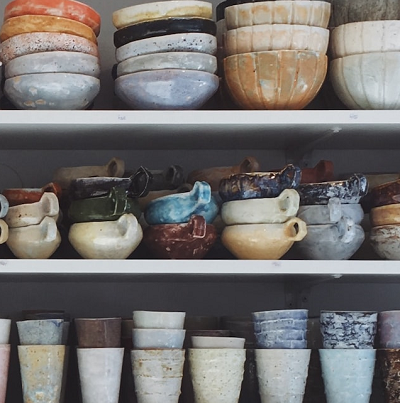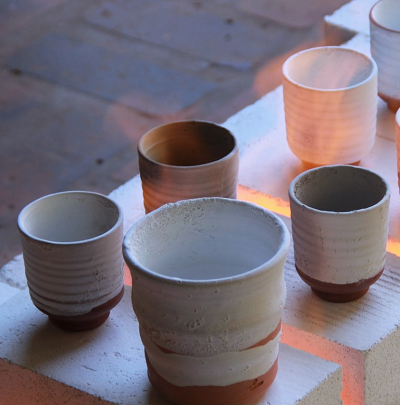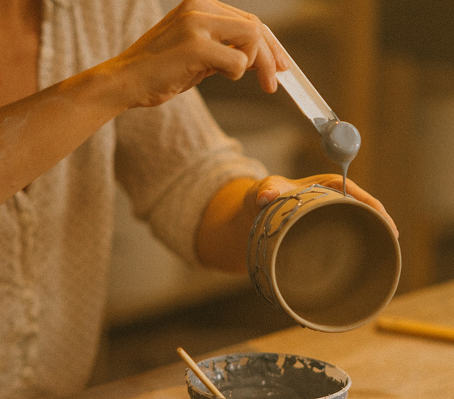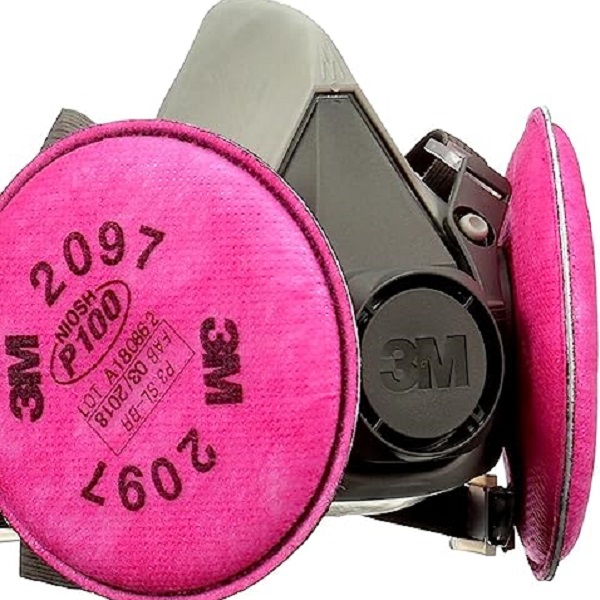
Pottery Glazing Ideas + Techniques
The different glazes available for Pottery and Ceramic projects vary widely. It’s easy to get into the weeds when it comes to glazes, (assuming you’re not a chemistry whiz).
We’ll explore a wide range of glaze related topics and techniques in our Pottery Blog. Browse to learn glaze basics, different application techniques, what to look for when selecting a glaze, or glaze recipe… and a round up of some favorites!
If you’re new to Pottery, the chemistry of glazes can be enough to make your eyes glaze over. But seriously, if you can get a handle on the clay bodies and glaze types that play nicely together, you’ll be well on your way to success with your projects in the studio. Knowing the basic glazing techniques and types you can choose from (or combine!) will help you make your creative visions come to life.
Types of Glaze: Choosing The Right Glaze For Your Pottery and Ceramics Projects


Most Important Considerations When Selecting A Glaze For Pottery and Ceramic Pieces
(Helpful reading before you consider pottery glazing ideas in more detail!)
Safety First (Food Safe Glazing)
Many of your projects on the potter’s wheel may be things like mugs, bowls, pitchers, etc. For this reason, I want to mention food safety as a primary consideration for your glaze selection. Depending on the intended us of your pottery, this can be the most important thing to confirm when selecting a glaze. The last thing you want is a glaze with toxic ingredients (like lead) on a piece intended for food or drink.
Techniques For Glazing (Brushing, Dipping, etc.)
The next major consideration for glaze selection is the technique you intend to use. The viscosity (or liquidy-ness) of glazes varies from watery to thicker, so selecting a glaze that will work with your application style is essential.
As you can imagine, some glazes are hard to beat for dipping, but are too runnyy for detailed brush applications. You get the idea. It’s best to understand a bit about what the glaze was developed for, so you can use it (or adjust it) accordingly.
Clay Body / Clay Type
Different Clays and Glazes respond differently in the kiln. It’s essential to align the clay type and a glaze that play nicely together. I know what you’re thinking… can’t they all just get along? Well… unfortunately, not all clays and glazes do.
There are an almost limitless number of combinations when it comes to clays and glazes. Exploring these can begin with a pre-mixed glaze kit when you’re a beginner. It might evolve into mixing your own glazes for layered applications as an intermediate Potter, and grow into developing your own glazes as an expert.
Does your clay have a lot of grog, or is it something incredibly smooth like a Gray White or Porcelain? Glazes respond to all aspects of your clay body, and getting the look you want depends on your understanding of how all of these characteristics line up together.
Our Pottery Blog will cover a wide range of glaze related topics over time, so follow along and feel free to share your favorite clay and glaze combos in our comments section!
Firing Temperature
If glaze selection weren’t already complicated, the final major factor to consider in selecting a glaze is your firing temperature. Here’s the quick and dirty:
Low-Fire (Cone 3-6): Temperatures range from roughly 1850-2150 degrees F.
Mid-Fire (Cone 4-7): Temperatures range from roughly 2160-2290 degrees F.
High-Fire (Cone 8-10): Temperatures range from roughly 2315-2380 degrees F.
While there are LOTS more topics to dive into with regard to glaze selection, the major considerations listed above will help you avoid the most common pitfalls in the kiln. We’ll dig into the various combinations that work best over time – so look for glaze related articles on the blog (or below).
6 Easy Ways To Test Glaze Thickness – Check out the how-to tutorial video on our How-To Page!
Browse Our Glaze Related Topics Below
Further Reading For Pottery Glazing Ideas:
7 Way To Glaze A Pot: Top Pottery Glazing Techniques
What’s that old saying? There’s more than one way to skin a cat? Pottery glazing techniques are hard to quantify (there are seemingly endless possibilities and combinations), but there are some notable tried and true methods to consider for best results in the kiln. Here are our top 7 pottery glazing techniques, to inspire you…
Continue Reading 7 Way To Glaze A Pot: Top Pottery Glazing Techniques
Best Respirators For Pottery: Silica Dust Protection For The Studio
Practicing proper safety in the pottery studio is a non-negotiable. To select the best respirator for pottery, you’ll need to do your research to ensure that your mask meets NIOSH standards for silica dust. This is essential for lung safety in the studio, especially when mixing glazes and using silica, which can cause ‘Potter’s lung’.…
Continue Reading Best Respirators For Pottery: Silica Dust Protection For The Studio

